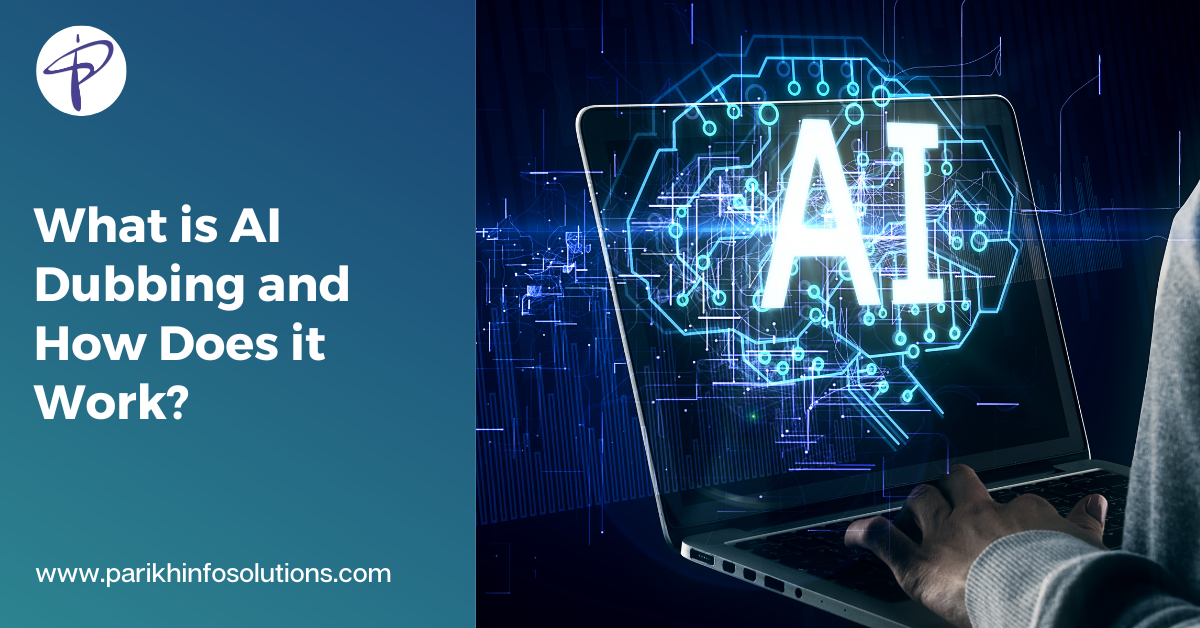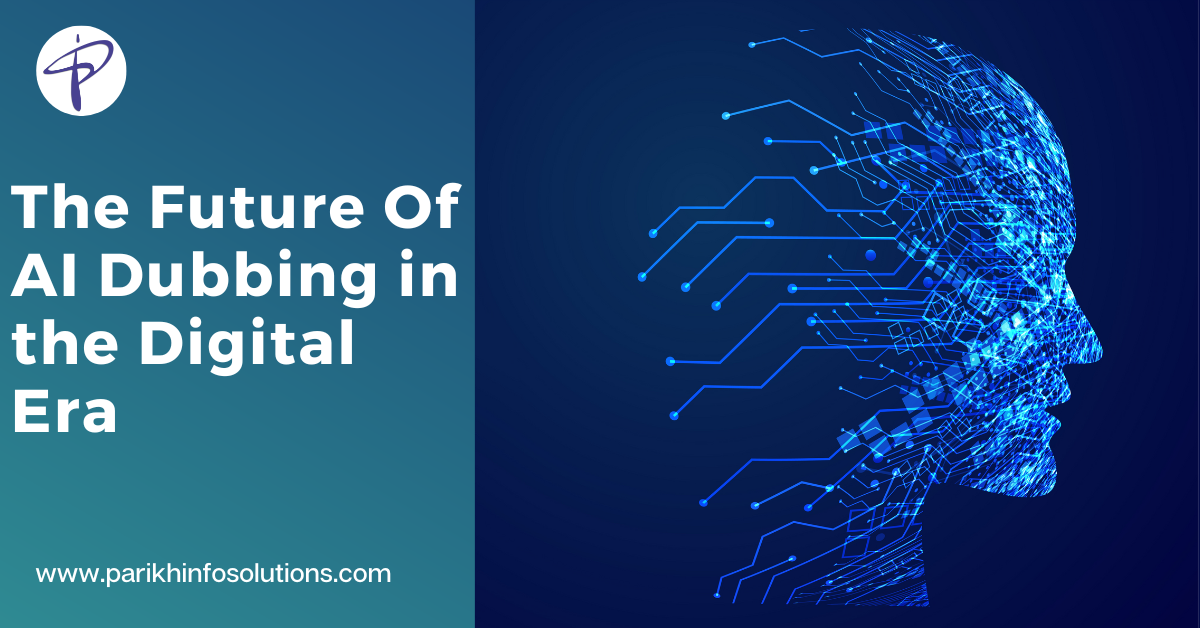
The latest advancements in technology and machine learning have transformed the way businesses operate in today’s digital world. Artificial Intelligence (AI), once considered a futuristic concept from sci-fi films and television shows, has become a practical and essential tool that enhances operational efficiency. As per the latest data, the global AI industry is expected to reach $1.81 trillion by 2030, making it one of the fastest-emerging industries. Among these emerging AI technologies, AI dubbing is increasingly gaining momentum and is changing the language industry. With the power of AI and machine learning, businesses can now reach global audiences by dubbing their video content into multiple languages.
Dubbing is a process that involves translating the original audio of video content into different languages. This allows video content to be presented to audiences in various regions by dubbing it in multiple languages. In recent years, AI technology has revolutionized the dubbing process through automation using machine learning. With real-time AI dubbing, dialogues or audio for video content can be automatically generated in preferred languages. The technology provides end-to-end solutions, including translation and audio generation in multiple languages. This automated process saves time and resources while delivering high-quality results.
Although AI dubbing has numerous benefits, it still falls short in comprehending the context, cultural differences, and expressions required for accurate language translation. Therefore, relying solely on audio and synthetic voices produced using AI is not advisable. However, with the integration of human editors, various AI tools can now address this issue. The latest cutting-edge AI dubbing technique combines the power of artificial technology and human editing to provide exceptional results, including translation, localization, voice morphing, and dubbing. This customized solution brings native-language human experts thoroughly review the audio and video content to ensure precise and accurate results.
The AI dubbing services in India provide translation, transcription, and localization features, allowing the original audio of video content to be translated into multiple languages. AI technology converts the audio into text, and humans can edit the translated content to ensure cultural appropriateness and context for the target audience.
The AI audio dubbing automation also boasts voice modulation and voice morphing features. This help in transforming the generated synthetic voice into a natural human-like voice. With this professional AI dubbing and human integration, the audio generated is similar to natural human voice and can replace the need for traditional voice artists.
With video dubbing, businesses can scale globally by making their video content accessible to international audiences. Native language experts can localize the content, and with the help of AI, a single video can be dubbed into multiple languages quickly. This opens up new markets for businesses, increasing their reach and generating more revenue.
AI audio dubbing services offers significant advantages over traditional dubbing, including cost and time savings. Traditional dubbing requires actors and a studio setup, which can be expensive and time-consuming. In contrast, AI dubbing generates dubbed audio in multiple languages quickly and at a fraction of the cost.
In conclusion, AI dubbing has revolutionized the dubbing process, offering a wide range of benefits such as affordability, faster output, accurate translation, localization, and natural-sounding synthetic voices. With this technology, businesses can create and distribute video content in multiple languages, making it accessible to a global audience. AI dubbing and human integration ensure that the final result is precise, culturally appropriate, and contextually relevant for the target audience. As AI technology continues to advance, we can expect even more innovative solutions, making the process of dubbing and translation even more seamless and efficient in the future.
 Author
AuthorRashi Kapoor is a content writer and blogger with more than three years of experience in content creation in various niches. She is a mass media and journalism graduate and loves to build effective content that educates and inspires people. Apart from this, she also likes to stay updated with the latest trends, watch movies, keep fit and travel.
Related Article
Stay Informed

